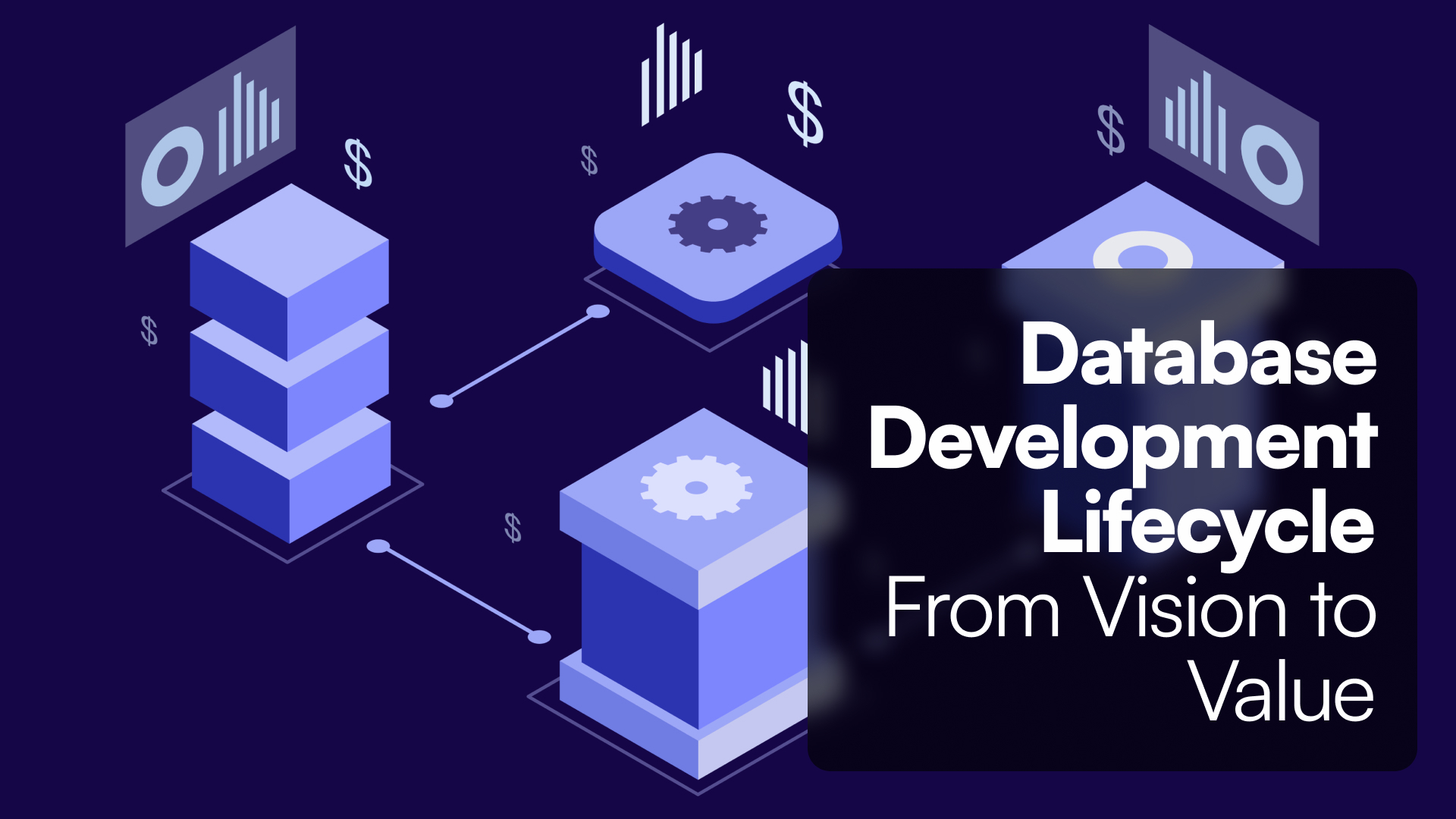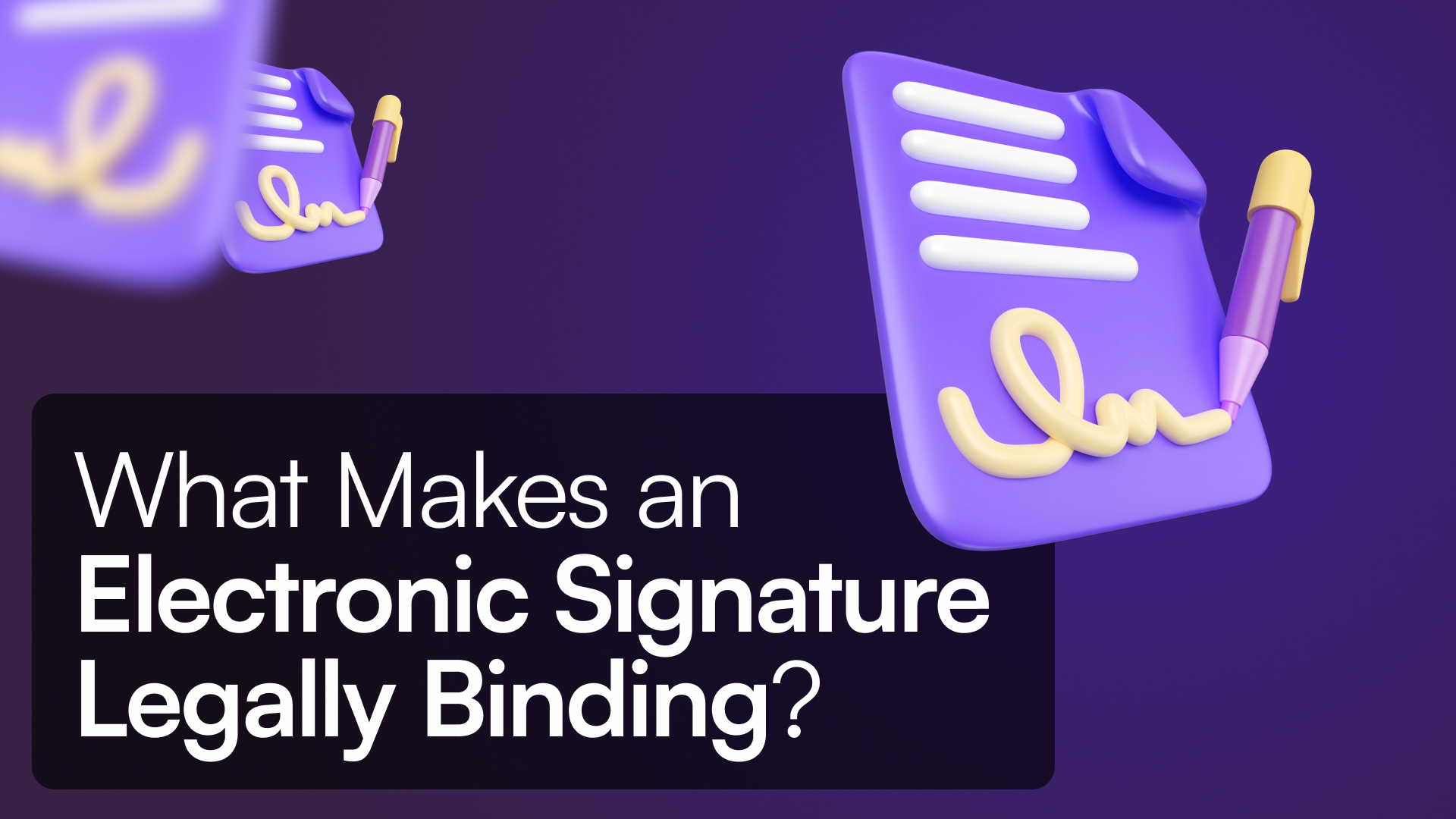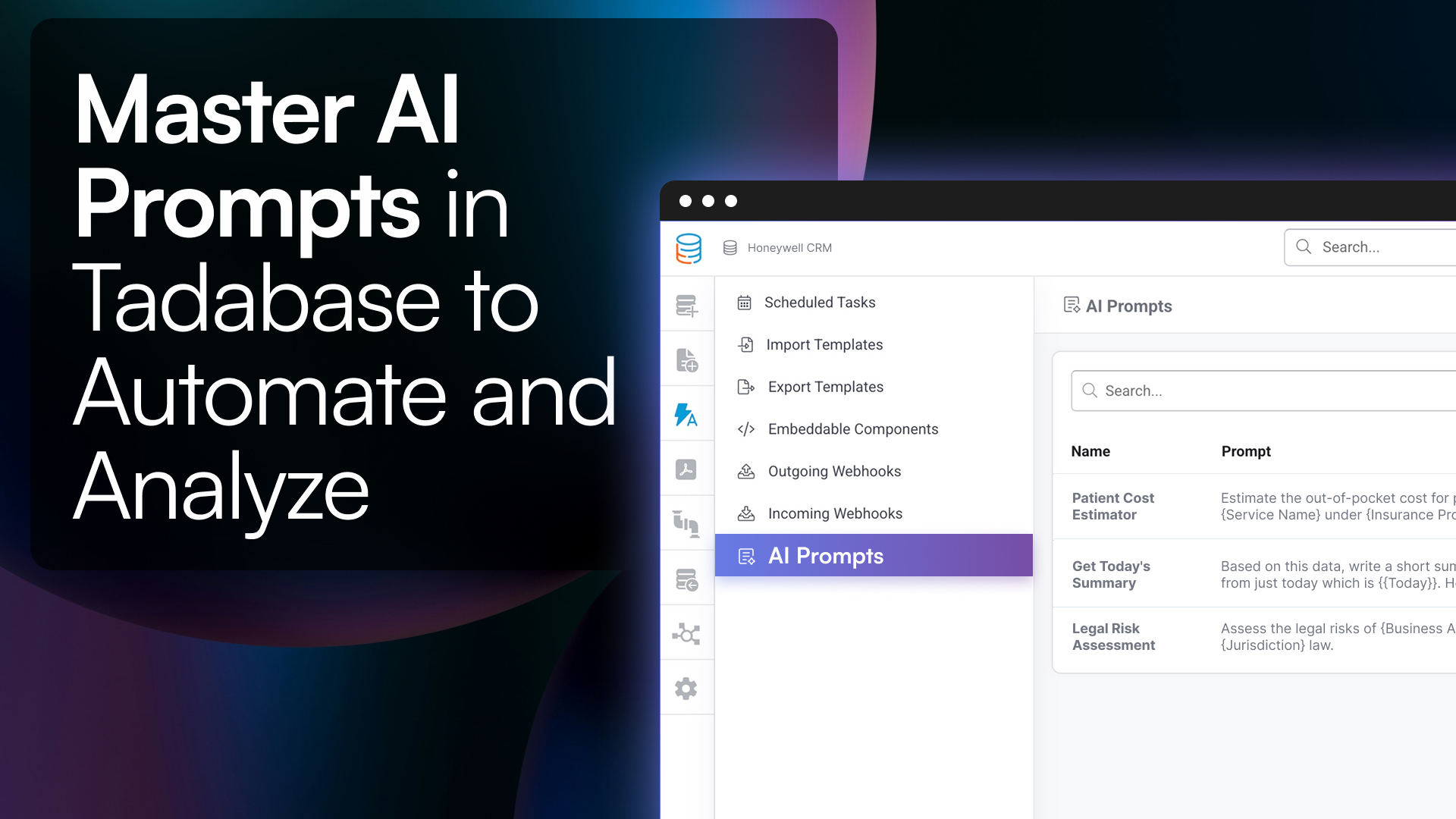Introduction
SEO is like opening a restaurant in a oversaturated marketplace - if people don't know where it is or what it serves, no one shows up. Search engine optimization helps your website get discovered. You "use relevant signage" (keywords), offer great service (user experience), and earn rave reviews (backlinks and credibility). At Tadabase, we help you build powerful data-driven applications - and this guide ensures people actually find and use them through smart, strategic SEO.
It's not just about Google anymore either. With tools like ChatGPT, Gemini, and other generative engines answering questions directly, your goal is now to be referenced by AI - not just ranked in search results.
SEO vs SEM vs PPC - What's the Difference?
Before diving deeper into SEO, it helps to understand where it fits in the broader world of digital traffic.
- SEO is organic. You optimize your site to earn visibility without paying for clicks.
- SEM (Search Engine Marketing) is a broader term that includes both SEO and paid ads.
- PPC (Pay-Per-Click) refers to ads you pay for - usually via platforms like Google Ads. You pay each time someone clicks.
Example:
- Your SEO page titled "Best no-code inventory management system" ranks organically.
- Your PPC ad appears above it with a label: "Ad - Try Tadabase for free".
Which should you use?
- SEO takes time but drives long-term traffic without recurring cost.
- PPC delivers quick wins and targeted visibility but stops working when your budget stops.
- Many Tadabase users combine both: run ads to test what converts, then build SEO around those proven keywords.
Intent-Focused Keyword Planning
Imagine a customer standing at a kiosk asking questions. SEO is about predicting their questions and having the best answers displayed right where they're looking.
Use keyword tools to uncover what your users actually search. Look for intent patterns:
- "How does X work?" (informational)
- "Best tool for Y" (comparison)
- "Affordable X services near me" (local)
Example: If you're building a Tadabase app for managing inventory, create content around "how to automate inventory tracking with a database app" or "best no-code inventory systems for small business."
Map keywords directly to the workflows and app solutions you create with Tadabase. Every public-facing app or feature page is an SEO opportunity.
Conversational, Human-Centered Content
Generative search tools don’t just index content - they read it. The best content feels helpful, clear, and written for a real person. Avoid jargon, speak directly, and focus on giving practical value.
- Break long content into scannable sections with headings
- Use bulleted lists, FAQs, and summaries
- Answer related questions users might ask AI tools
Example: Instead of “Tadabase enables workflow-driven architecture,” write “Tadabase lets you build custom apps that automate tasks - like approvals, status changes, and reminders - with no code.”
Technical SEO for Builders
Behind the scenes, your app and website structure should be easy for search engines to crawl and understand. Here’s what matters most:
- Clean URLs: Use hyphenated words (e.g.,
/inventory-tracker) instead of query strings. - Page Titles: Keep them under 60 characters, with the main keyword first.
- Meta Descriptions: Limit to 160 characters, summarizing the value.
- Heading Hierarchy: Use one H1, then H2s and H3s logically.
- Performance: Optimize image sizes and app speed. Slow pages hurt rankings.
- Mobile Optimization: Most search is mobile. Make sure your app looks and works great on small screens.
Every Tadabase page - especially if it's public - should follow these basics. Embed structured data where possible to highlight reviews, products, or FAQs in rich results.
Building Off-Page Authority
Google and AI tools weigh external validation. When reputable websites link to your app or content, it signals trustworthiness.
- Submit apps to directories (e.g., G2, AlternativeTo, Capterra)
- Get featured in blogs, podcasts, or newsletters
- Engage in communities and link back where appropriate (e.g., Reddit, Stack Overflow)
- Create tools, templates, or calculators that others want to reference
Measure and Improve
SEO isn't set-and-forget. Use tools like Google Search Console and Ahrefs to track:
- Which keywords drive traffic
- Which pages rank (and how high)
- Which pages get clicks (vs just impressions)
Keep iterating. Add internal links between related pages, expand thin content, and update old posts with fresher examples or clearer explanations.
Real-World Analogy: SEO as a GPS
Imagine SEO as a GPS for users looking for your app. If your pages aren't mapped right (keywords, metadata), Google won't route anyone your way. If the route is full of roadblocks (slow site, broken links), users will turn around. And if the final destination (your content) is confusing or irrelevant, they won't stay.
SEO & AI-Friendly Execution Checklist
| What to Optimize | What It Means | What to Use |
|---|---|---|
| Keywords by intent | Target what users actually search | Google Keyword Planner, Ahrefs |
| Headings & content | Use Q&A format, simple explanations | Tadabase Docs, AI FAQs |
| Structured data | Help bots understand the page | FAQ, Article, Product schema |
| Trust signals | Author bios, client stories | Real use cases, company profiles |
| Technical health | Fast, crawlable, mobile-optimized | PageSpeed, Search Console |
| Off-site links | Get endorsements from others | Guest posts, PR, directory listings |
| AI-optimization | Make content quote-worthy | llms.txt, structured formatting |
Frequently Asked Questions
What are the 4 types of SEO?
On-page (content), off-page (backlinks), technical (site performance), and local SEO (map/search proximity).
Can I do SEO myself?
Absolutely. Many successful site owners manage their own SEO using free tools like Google Search Console. Start small: optimize your most important page, build from there.
How long does SEO take?
Most sites begin seeing meaningful movement in 3-6 months, depending on competition, content quality, and technical readiness.
How does SEO help my Tadabase app?
If your app is client-facing, SEO helps people find and engage with it. Even if it's private, SEO-driven pages can attract leads looking to build similar tools.
Is SEO just about Google?
No. AI tools like ChatGPT, Perplexity, and Gemini are also "search surfaces." Structuring your content to be cited—not just ranked—is the next evolution.
What is E-E-A-T and why does it matter?
E-E-A-T (Experience, Expertise, Authoritativeness, Trust) helps Google assess content quality. Show your app process, cite customer feedback, and link to real profiles.
Do I need backlinks to rank?
Yes, but quality matters more than quantity. A single backlink from a respected blog is more valuable than 50 generic directories.
Can AI-generated content hurt my SEO?
Only if it's generic. Use AI to help, but always human-check your content. Add insights, visuals, and unique case studies.
Conclusion: Build for People, Not Just Bots
SEO is like building an app with Tadabase: you're solving real problems. Search engines just help people find your solution faster. If you write and structure your content with clarity, trust, and helpfulness—it wins with users and algorithms.
Next Step for Tadabase Builders
- Create a landing page for your app's use case
- Add keyword-rich headings that match real user questions
- Use Q&A formatting and schema markup
- Submit your site and pages via Search Console
- Add a llms.txt file to guide AI to your content
- Revisit performance monthly—and tweak for clarity, trust, and speed








